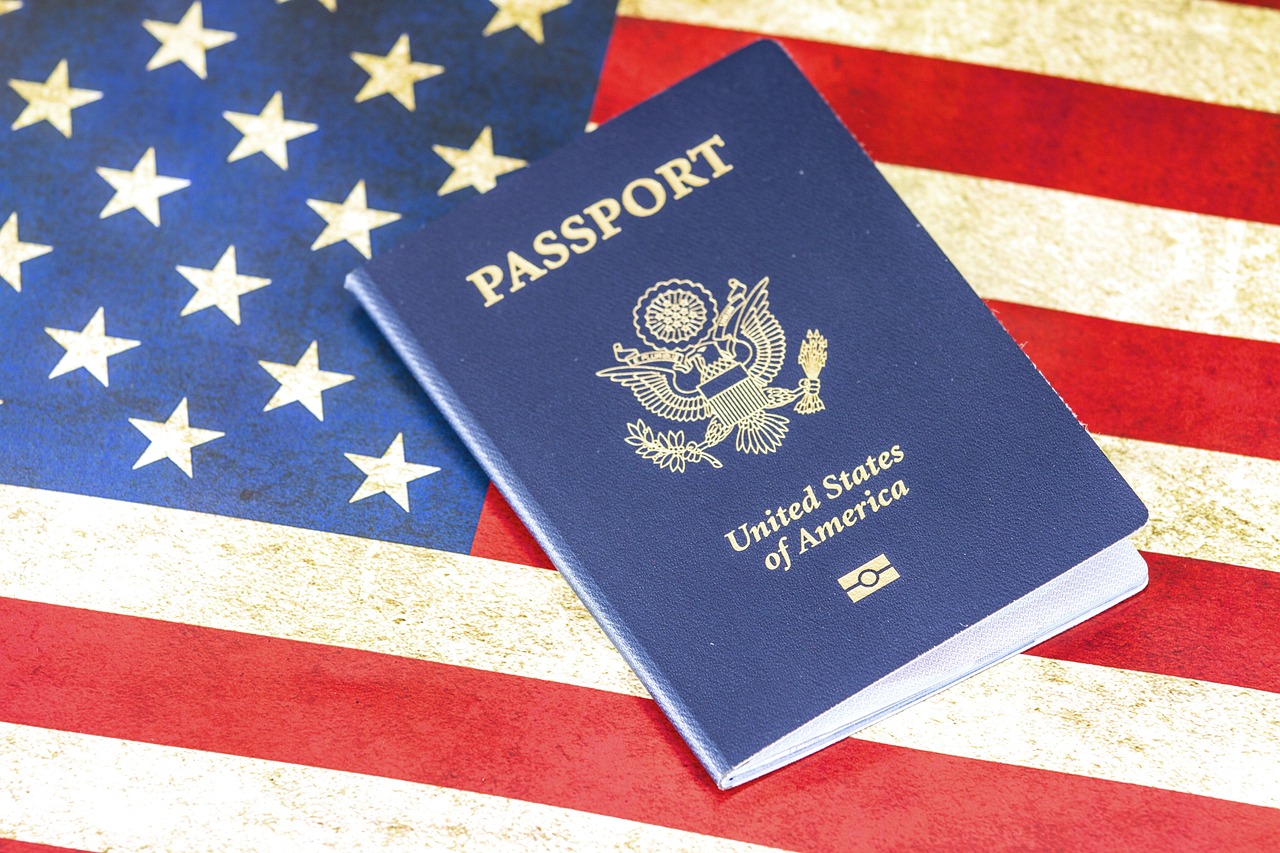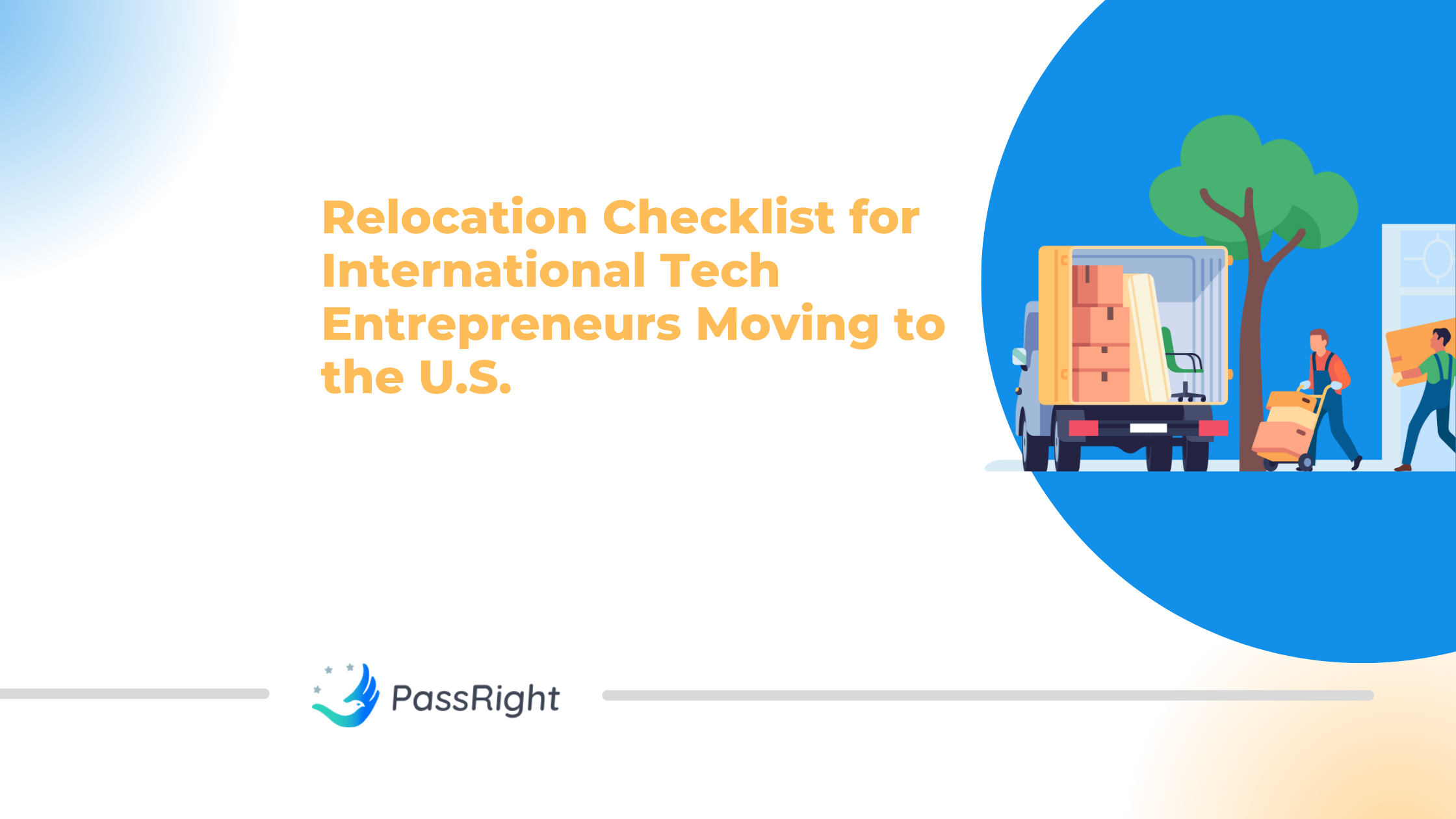After going through the extensive process of filing fees and paperwork to obtain an approved I-140 for the second preference level, the frustrating reality is the waiting time for your priority date to become current. Unfortunately, for many individuals, the waiting time for an EB-2 Green Card can stretch out to several long years. This is when the idea of porting from EB-2 PERM to EB-1 comes into the picture – a tempting option due to the typically shorter wait times associated with the EB-1 category.
However, don’t be fooled into thinking that porting is a simple and straightforward process. In fact, it entails essentially starting over again, while still retaining your original priority date. It’s a complex journey that requires careful consideration and understanding of the necessary steps.
In this article, we’ll delve into the intricacies of the EB-2 PERM to EB-1 porting process, unraveling the steps involved and shedding light on the key factors to consider. From the initial decision to embark on porting to the crucial documentation requirements, we’ll provide you with a comprehensive overview.
Understanding the EB-2 PERM Process
If you’re aiming to secure a second subcategory EB-2 Visa, it’s essential to understand the specific qualifications and conditions involved. This visa is designed for individuals who have their sights set on working full-time in their field of expertise within the United States. However, it’s important to note that self-employment won’t cut it in this category – you’ll need a solid job offer from a U.S. employer, with only a few exceptions applying. This could be avoided by establishing that the foreign national deserves a “national interest waiver.”
Obtaining a National Interest Waiver (NIW) can be a game-changer for EB-2 applicants, as it allows entrepreneurs and practice owners to self-petition for their EB-2 Green Cards, eliminating the need for a job offer from a U.S. employer and the associated PERM Labor Certification process.
In the captivating realm of EB-2 (Second Preference), the job you’re seeking must demand an advanced degree. It’s not just any run-of-the-mill degree, though. You must possess that advanced degree or its equivalent from a foreign institution. Now, what qualifies as an advanced degree, you may wonder? It typically involves having a master’s degree or a foreign equivalent degree or a baccalaureate degree , accompanied by at least five years of post-baccalaureate, progressive work experience in your field.
EB-2 PERM Process Time
Currently, the processing time for a PERM application at the Department of Labor (DOL) is around 6 months. However, if the PERM application is selected for an audit, the audit process can add an additional 12 months to the overall processing time.
Moving on to the I-140 Immigrant Petition, the processing time at the U.S. Citizenship and Immigration Services (USCIS) is approximately 8-10 months. However, there is an option to opt for premium processing, which expedites the adjudication of the petition within 15 days.
Once the I-140 petition is approved, applicants must wait for their priority date to become current before proceeding to the final step. The priority date can be checked on the U.S. Department of State’s Visa Bulletin website. It’s important to note that due to per-country limitations, In some cases, individuals may encounter a substantial waiting period of 8-10 years before they are eligible to proceed with the final step of filing the I-485 application and acquiring their green card. It’s important to note that certain individuals from China, India, Mexico, and the Philippines often experience longer waiting times compared to applicants from other countries. The high demand for green cards from these specific countries, combined with the limitations imposed by the immigration system, contributes to the extended processing durations they may encounter.
For H-1B nonimmigrant employees whose EB category is backlogged, meaning they are unable to file the final I-485 application, there may be eligibility for extensions of their H-1B status beyond the usual maximum of 6 years. If you have any questions regarding the extension of your H-1B or other nonimmigrant status during the green card process, it is advisable to consult the situation with your immigration attorney, if you do not work with one already.
Lastly, the processing time for an Adjustment of Status (AOS) application, which involves filing the I-485, is currently estimated to be around 12-18 months. For individuals who are currently outside of the United States, it is important to note that if they wish to pursue the Adjustment of Status (AOS) process, they would need to go through consular processing of immigrant visas. The consular processing route involves attending an interview at a designated U.S. consulate or embassy in their home country. Typically, the processing time for consular processing of immigrant visas ranges from 6 to 12 months, depending on factors such as interview availability and waiting times specific to each consulate.
This step allows applicants to change their status from a nonimmigrant to an immigrant and obtain their green card.
It’s important to keep in mind that processing times can vary and are subject to change. Staying updated with the latest information from the respective government agencies is crucial throughout the EB-2 Green Cards application process.
EB-1A Visa for a Foreigner of Extraordinary Ability
EB-1A is an employment-based category designed for foreign nationals who have achieved extraordinary accomplishments in fields such as science, business, education, art, and athletics. These exceptional achievements can manifest in various forms, including prestigious awards, or by meeting at least three of the following criteria:
- Recognition through national or international awards in your specific field.
- Membership in an organization that demands exceptional achievement for admission.
- Acknowledgment of your work by media or journal publications.
- Publication of your own scholarly articles or professional journals.
- Significantly contributing to your field.
- Displaying your work at exhibitions or similar showcases.
- Holding a prominent role within an association or organization that holds a reputable standing in your field.
- Commanding a substantial salary that sets you apart from others in your industry.
- Proof of your achievements in the performing arts industry.
- Proof of being invited to judge the work of others, either as an individual or as part of a panel.
These criteria serve as indicators of your exceptional abilities and contributions, demonstrating your eligibility for the EB-1A category. By meeting the requirements and presenting compelling evidence of your extraordinary achievements, you can position yourself for consideration under this prestigious pathway to a U.S. green card.
Additionally, one significant benefit of the EB-1A Visa is that it does not require a PERM Labor Certification. Unlike other employment-based visa categories, which necessitate the employer to go through the PERM process to demonstrate the unavailability of qualified U.S. workers, the EB-1A Visa bypasses this requirement.
EB-1A Processing Time
As of March 2023, the Nebraska Service Center averages a processing time of 21 months for EB-1A
I-140 petitions, while the Texas Service Center takes around 23 months. However, it’s important to note that expedited processing is available through premium processing, which reduces the timeline to just 15 days for the I-140 stage.
EB-2 PERM to EB-1A Porting Process
To qualify for the upgrade, you must actively pursue the necessary qualifications for the EB-1A category and secure a job that aligns with your enhanced qualifications. It is recommended to collaborate with an immigration attorney to gather the required evidence and present a compelling case to the USCIS, substantiating your qualifications.
Imagine you hold a master’s degree and applied for an EB-2 Visa as a research fellow at a prestigious organization. While waiting for your priority date to become current, your work garners recognition with publications in reputable journals. Additionally, you attain membership in an exclusive organization and receive a substantial salary. These remarkable achievements make you eligible for the EB-1A Green Card.
The unique advantage of the EB-1A Visa is that it does not require a job offer or a PERM certification. Consequently, you have the opportunity to self-petition and file a new I-140 form to transition from EB-2 PERM to EB-1A. This process allows you to “port” your application, essentially starting anew while retaining your original priority date.
It is important to note that it is advantageous to keep the initial priority date (the date when the immigration petition was initially filed) because it can be crucial, particularly when there is a delay or backlog in processing applications within the EB-1 category for certain countries like India and China. By retaining the original priority date, you can maintain your place in line for immigration benefits, even if there are delays or backlogs in visa processing for your specific country of origin. This can help ensure that you do not lose your position and have to wait longer for your application to be processed.
In essence, porting from an EB-2 to an EB-1 green card is akin to filing a fresh green card application, but with the benefit of maintaining the priority date you had previously obtained. This pathway enables you to capitalize on your exceptional qualifications and achievements, providing a faster route to securing the highly sought-after EB-1A Green Card.
The Advantages of the EB-1A Over the EB-2 PERM
EB-1 has several advantages over EB-2 PERM, including:
- Waiver of PERM Labor Certification: Unlike EB-2 PERM, EB-1A allows applicants to bypass the time-consuming process of obtaining a PERM Labor Certification by self petitioning, saving valuable time.
- Concurrent filing: As an EB-1A applicant, you have the option to file the I-140 and I-485 concurrently. This means you can submit both forms at the same time, reducing overall processing time. Normally this is not recommended by immigration attorneys, however, in certain situations needed.
Note that this is only available if the category is current for your country. It is important to be aware that individuals from specific countries, such as China and India, might encounter backlogs that prevent them from filing their applications concurrently.
- Shorter priority date waiting time: In general, EB-1A experiences shorter waiting times for priority dates compared to EB-2 PERM. The stringent eligibility requirements of EB-1A result in fewer applicants, contributing to faster processing times.
- Early work authorization for relatives: By filing the I-140 and I-485 concurrently, you create an opportunity for your spouse and/or children to obtain work authorization before the approval of the green card application, allowing them to work in the United States sooner.
In summary, EB-1A offers advantages such as PERM Labor Certification waiver, concurrent filing, shorter priority date waiting time, and early work authorization for relatives. Despite the benefits, it is essential to meet the strict eligibility requirements of the EB-1A category in order to take advantage of these benefits.
Conclusion
In conclusion, the process of porting from EB-2 PERM to EB-1A offers a promising pathway for individuals who are eager to expedite their journey to obtaining a U.S. green card. While the waiting times for an EB-2 Green Card can be discouragingly long, the option to transition to the EB-1A category presents an attractive alternative with typically shorter processing times.
However, it is crucial to approach the porting process with a clear understanding of its complexities. Porting requires starting over in many aspects while retaining the original priority date, making it a unique and intricate journey that demands careful consideration and adherence to the necessary steps. Consulting an experienced immigration attorney is highly recommended to navigate the process effectively and present a compelling case to the USCIS.
Throughout this article, we have explored the intricacies of the EB-2 PERM to EB-1A porting process, shedding light on the specific qualifications, documentation requirements, and benefits associated with each category. We have also emphasized the significance of meeting the stringent eligibility requirements of the EB-1A category to fully leverage its advantages.
Ultimately, the EB-1A category offers compelling benefits over the EB-2 PERM, including the waiver of PERM Labor Certification, concurrent filing, shorter priority date waiting times, and early work authorization for relatives. By understanding the intricacies of these categories and carefully strategizing your approach, you can position yourself for a smoother and more efficient path toward obtaining the highly coveted EB-1A Green Card.
* This article is for informational purposes only and does not provide direct legal advice.
If you would like to discuss your immigration situation, brainstorm, or better understand how we can assist you, please write here.
FAQ:
What is the EB-2 PERM to EB-1A porting process?
The EB-2 PERM to EB-1A porting process involves transitioning from an EB-2 Green Card application to an EB-1A Green Card application while retaining the original priority date. It requires meeting the eligibility requirements of the EB-1A category and filing a new I-140 petition.What are the advantages of porting from EB-2 PERM to EB-1A?
The advantages of porting from EB-2 PERM to EB-1A include waiving the PERM Labor Certification requirement, concurrent filing of the I-140 and I-485 forms in certain cases, shorter priority date waiting time, and early work authorization for relatives.What are the qualifications for the EB-2 PERM category?
The EB-2 PERM category requires a job offer from a U.S. employer and a position that demands an advanced degree or its equivalent, accompanied by at least five years of progressive work experience in the chosen field.What are the qualifications for the EB-1A category?
The EB-1A category is for foreign nationals with extraordinary abilities in fields such as science, business, education, art, and athletics. Qualifications can be demonstrated through national/international awards, membership in prestigious organizations, media/publication recognition, scholarly articles, significant contributions, exhibitions/showcases, prominent roles, commanding a substantial salary, judging, or commercial success in the performing arts.









